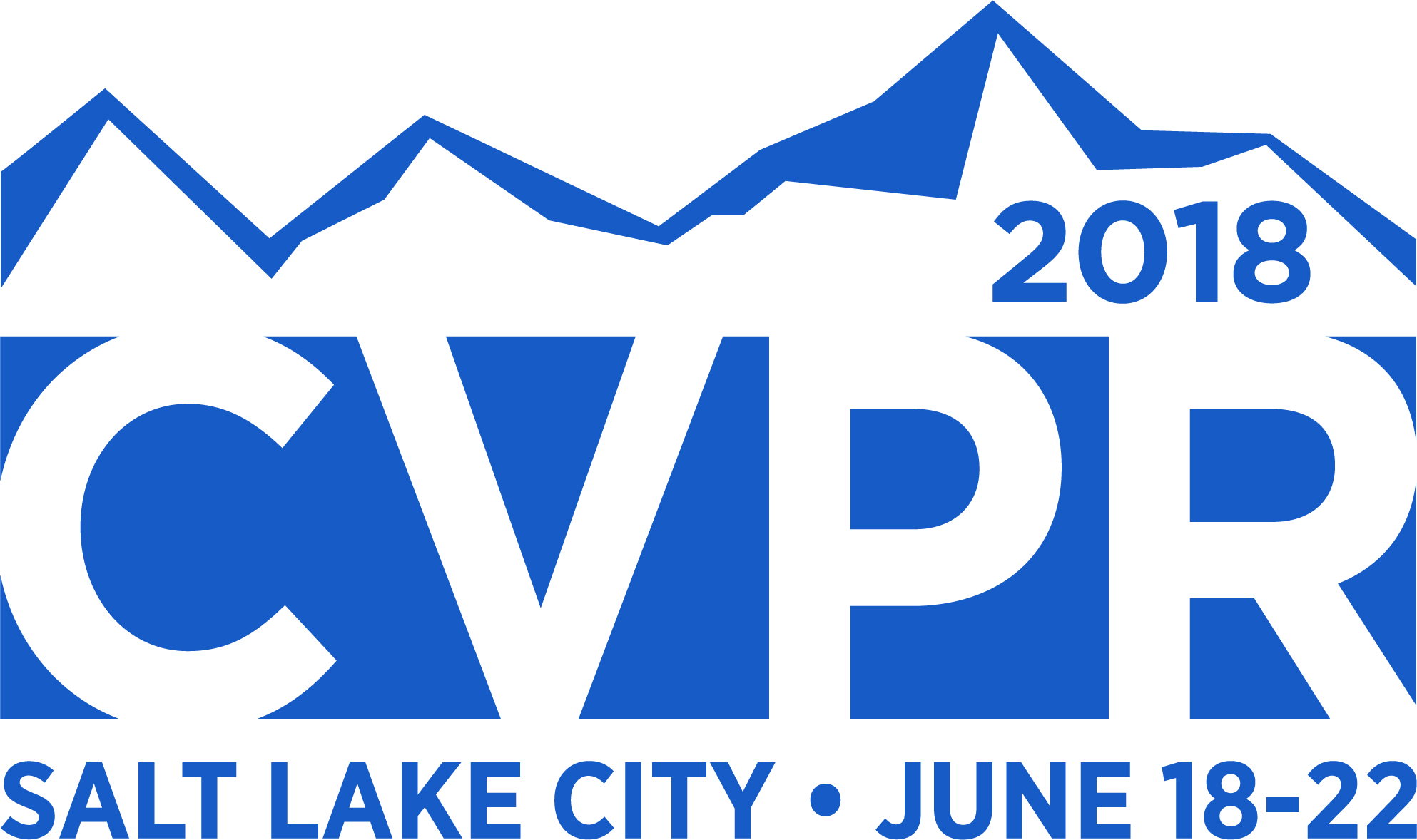-
Learning to Parse Wireframes in Images of Man-Made Environments
AbstractIn this paper, we propose a learning-based approach to the task of automatically extracting a "wireframe" representation for images of cluttered man-made environments. The wireframe contains all salient straight lines and their junctions of the scene that encode efficiently and accurately large-scale geometry and object shapes. To this end, we have built a very large new dataset of over 5,000 images with wireframes thoroughly labelled by humans. We have proposed two convolutional neural networks that are suitable for extracting junctions and lines with large spatial support, respectively. The networks trained on our dataset have achieved significantly better performance than state-of-the-art methods for junction detection and line segment detection, respectively. We have conducted extensive experiments to evaluate quantitatively and qualitatively the wireframes obtained by our method, and have convincingly shown that effectively and efficiently parsing wireframes for images of man-made environments is a feasible goal within reach. Such wireframes could benefit many important visual tasks such as feature correspondence, 3D reconstruction, vision-based mapping, localization, and navigation.
Related Material
[pdf] [supp] [arXiv][bibtex]@InProceedings{Huang_2018_CVPR,
author = {Huang, Kun and Wang, Yifan and Zhou, Zihan and Ding, Tianjiao and Gao, Shenghua and Ma, Yi},
title = {Learning to Parse Wireframes in Images of Man-Made Environments},
booktitle = {Proceedings of the IEEE Conference on Computer Vision and Pattern Recognition (CVPR)},
month = {June},
year = {2018}
}
These CVPR 2018 papers are the Open Access versions, provided by the Computer Vision Foundation.
Except for the watermark, they are identical to the accepted versions; the final published version of the proceedings is available on IEEE Xplore.
Except for the watermark, they are identical to the accepted versions; the final published version of the proceedings is available on IEEE Xplore.
This material is presented to ensure timely dissemination of scholarly and technical work.
Copyright and all rights therein are retained by authors or by other copyright holders.
All persons copying this information are expected to adhere to the terms and constraints invoked by each author's copyright.

